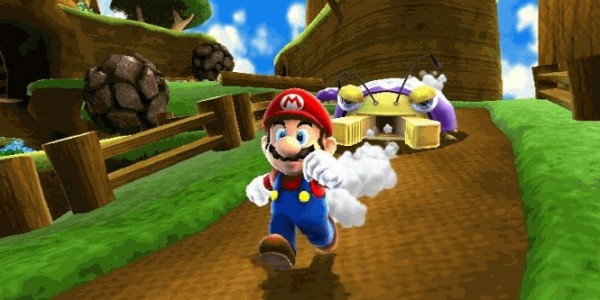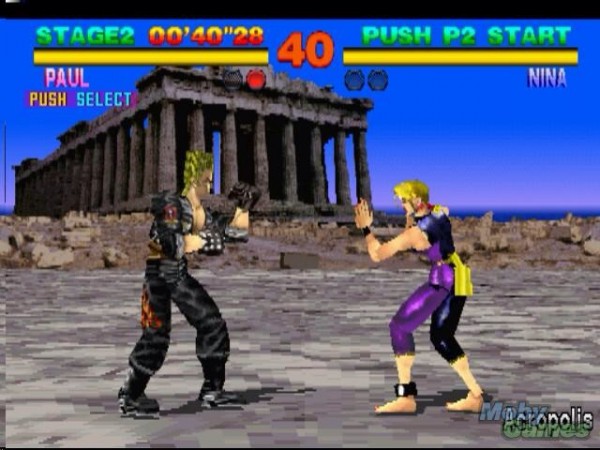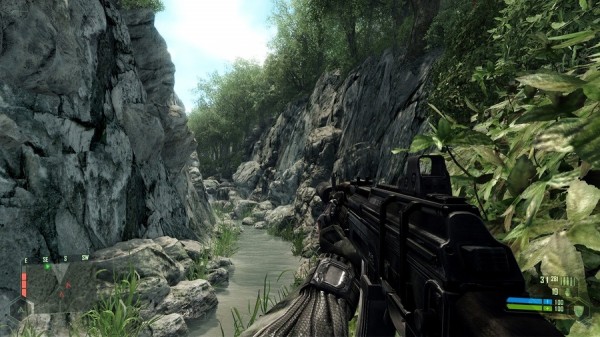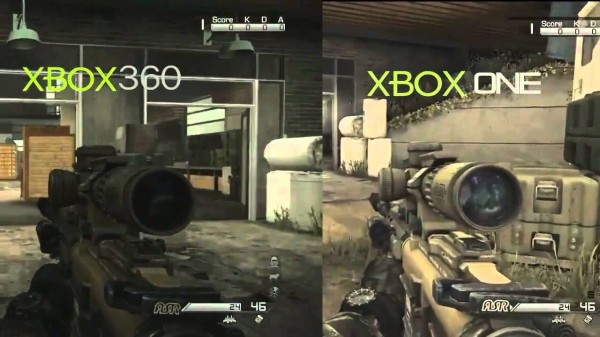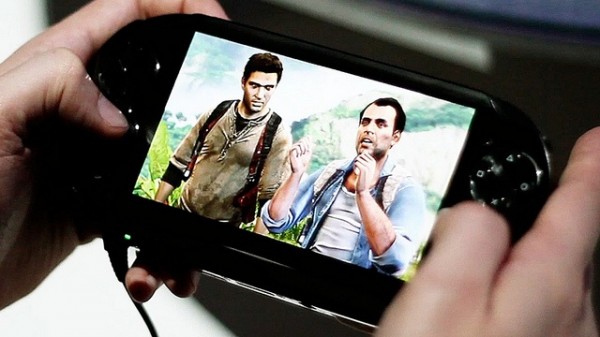Video game graphics have come a long way from the 2D pixels of the very first computer games, where the biggest depth in visuals were the rage-spit blotches on your screen that you never bothered to remove.
We still haven’t made it to holographic projectors, but I like to think that we are not that far off seeing a massive leap equivalent to what we have seen in the last four decades. We went from moving doodle figures, to 2D platforms, to vast and rich 3D environments, to photorealistic facial animations and effects that make characters nearly indistinguishable from real people.
The first PlayStation console managed to break all records, becoming the first console to sell over a hundred million units by 2005. This was in part due to the breakthrough in visual technology at the time. Compared to today’s graphics, it looks like the kind of console that would be used if Lego models were sentient beings and needed something to hold their door ajar. But back when the heaviest hitters on the market were the Sega Saturn and the Nintendo 64, the graphics presented by the first titles that the PlayStation sported, like Crash Bandicoot and Tomb Raider, were quite mesmerising, offering games with 3D visuals that held a very high pixel rate and had highly detailed background and characters.
The subsequent PlayStation 2 that was released in 2000 was considered quite a breakthrough in terms of graphics, in the sense that the leap in quality from one generation to the next was astounding. The system used a higher frame rate than ever before with superb fluidity of motion, as well detailed texture rendition. In the years that followed, Sony has kept busy improving its console and the graphics engine, culminating in their most recent jewel: the PlayStation 4.
The graphics, lighting, and detail are at the highest level of performance. It almost borders real-time movie effects in the sense that you will find yourself going through a cutscene and then not realizing that play has resumed, as the in-game visual fidelity is as good as the pre-rendered footage. As the PlayStation 4 is still in its “break-in” period, games still have yet to reach the potential of the new console’s processor and graphics engine, so expect the bar to rise even higher in next couple of years
In a bid to expand its market from desktops to consoles, Microsoft released the first Xbox console in 2001 as a contender against the PlayStation 2 and the Sega Dreamcast. It sported the latest Nvidia technology as was able to boast graphics that were even better than the PlayStation 2, and it ranked second as most popular console mostly thanks to Sony’s already established fan base and exclusive content. But in terms of graphics, although the difference was minor at best, The Xbox had clear reign.
The evolution of the Xbox kept quite a neck-and-neck race with the PlayStation system, rolling out the Xbox 360 and finally the Xbox One. Graphically the Xbox One system performs just as well as the PS4, with fluid motions and background that make you feel as if you are looking through your window at a scenic view, and then wonder why you are seeing exploding buildings and flying horses when you haven’t touched acid since the early nineties. Like its rival, the Xbox One is considered a fledgling system, with the full capabilities of the engine still to be explored.
These mainstream systems are the leading players in the console wars, and as a result game developers had to move in sync with these developments to deliver software that made full usage of these capabilities or else be left behind, inhaling dust clouds generated by their competitors. Since the bar is set so high in the graphics department, at first glance any game that doesn’t provided these high visuals while often fail to make an impression on the user, and will soon find itself in the discount bin at a 99 cent store.
The next comparison will deal with Nintendo’s Wii console. Nintendo has decided to take a different approach in designing its console and games to be able to compete against the monsters released by Sony and Microsoft. In terms of graphics and specifications, Nintendo was never going to be an able contender against these behemoths. So instead they took a different approach, focusing more on games with a pick-up-and-play sort of appeal that reached out to an expanding gaming audience. As a result, the graphics are not on par with the PS4 and Xbox One. Despite this, the Wii U’s graphics are still highly polished and have great 3D effects that are to be expected with this generation of gaming.
When it comes to handheld gaming, the biggest hitters are currently the Nintendo 3DS and the Sony PlayStation Vita. Sony has effectively migrated the graphical prowess of the PS3 on the handheld system, utilizing new technology that allows the console to harness these visuals at significantly lower load on its processor. Although this presents a frame rate problem in some instances when a lot of different things are happening on the screen at once, these are kept to a minimum by developers to effectively provide a fluid and graphically enhanced gaming experience. The 3DS provides a realistic 3D effect without the use of those annoying 3D glasses. This provides the gamer with an incredible — and adjustable — depth effect in the games’ visuals.
Whether at home or handheld, graphics technology is charging forward. Games are looking better every day, with plenty of space to improve in the immediate future. All things considered, it’s a great time to be a gamer!




